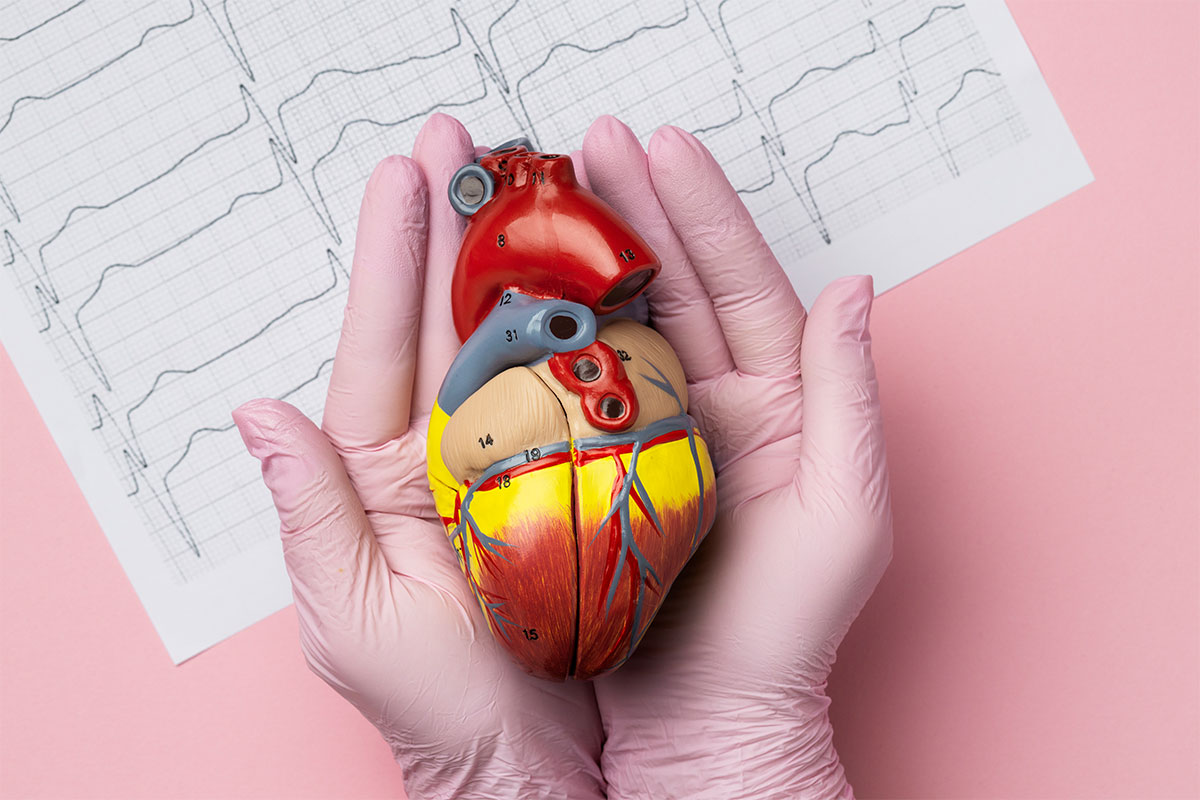
Benefits of Minimally Invasive Cardiac Surgery: Advantages for Patients
By Dr. Jeewan Pillai in Cardiology
Jan 2, 2024
Benefits of Minimally Invasive Cardiac Surgery: Advantages for Patients
Cardiac surgery has witnessed remarkable advancements in recent years, and one of the most significant developments is Minimal Invasive Cardiac Surgery (MICS). This innovative approach has revolutionized how heart surgeries are performed, offering a multitude of benefits that enhance patient outcomes and overall quality of care. In this article, we’ll delve into the advantages of MICS, highlighting why it’s becoming the preferred choice for an increasing number of patients.
Smaller Incisions, Minimal Scarring
One of the primary benefits of minimally invasive cardiac surgery is the use of smaller incisions. Unlike the large incisions needed for open-heart surgery, minimally invasive techniques involve making small cuts between the ribs or in the chest wall. These smaller incisions reduce trauma to surrounding tissues, resulting in minimal scarring. Patients who undergo these procedures often have smaller, cosmetically appealing scars, enhancing their confidence and overall satisfaction with the surgical outcome.
Shorter Recovery Times
Minimally invasive cardiac surgery is associated with shorter recovery times compared to open-heart surgery. The smaller incisions and reduced trauma to the chest allow for faster healing. Patients typically experience less pain, reduced inflammation, and fewer postoperative complications. The shorter recovery period enables patients to return to their normal activities sooner and may result in fewer days spent in the hospital. This advantage not only improves the patient’s quality of life but also reduces healthcare costs by minimizing hospital stays and postoperative care requirements.
Reduced Pain and Discomfort
Minimally invasive cardiac surgery is known for its ability to minimize postoperative pain and discomfort. The smaller incisions result in less tissue damage and nerve disruption, leading to reduced pain during the recovery period. As a result, patients require fewer pain medications and experience a smoother transition to their daily routines. Reduced pain levels contribute to a better overall patient experience and satisfaction with the surgical procedure.
Lower Risk of Infection and Complications
Minimally invasive cardiac surgery presents a lower risk of infection and postoperative complications compared to traditional open-heart surgery. The smaller incisions minimize exposure of surgical sites to external contaminants, thereby reducing infection risks. Additionally, the reduced trauma to chest muscles and bones results in less bleeding and a decreased likelihood of needing blood transfusions. The minimized surgical trauma also contributes to a lower risk of respiratory complications, such as pneumonia, and a decreased likelihood of other surgical complications, improving patient safety and outcomes.
Decreased Blood Transfusion Rates
Studies have shown that MICS is associated with lower blood transfusion rates compared to open-heart surgery. This is due to reduced blood loss during the procedure, which helps minimize the need for transfusions and lowers the associated risks of complications.
Enhanced Cosmetic Results
The smaller incisions used in MICS result in better cosmetic outcomes. Patients often appreciate the less noticeable scars, which can boost self-confidence and body image following surgery.
Potential for Less Postoperative Pain Medication
Patients who undergo MICS typically experience less postoperative pain, reducing the need for strong pain medications. This can lead to fewer side effects associated with pain medication, such as drowsiness or nausea.
Equivalent Outcomes to Traditional Surgery
Importantly, MICS maintains the effectiveness of the surgery. Research indicates that MICS procedures deliver outcomes equivalent to traditional open-heart surgery in terms of safety and effectiveness. In conclusion, the advantages of minimally invasive cardiac surgery are numerous and significant. By offering smaller incisions, shorter recovery times, reduced pain and complications, and better cosmetic results, MICS has become the preferred choice for an increasing number of patients. As the field of cardiac surgery continues to evolve, the benefits of MICS are likely to become even more pronounced, making it an increasingly attractive option for those in need of heart surgery.







